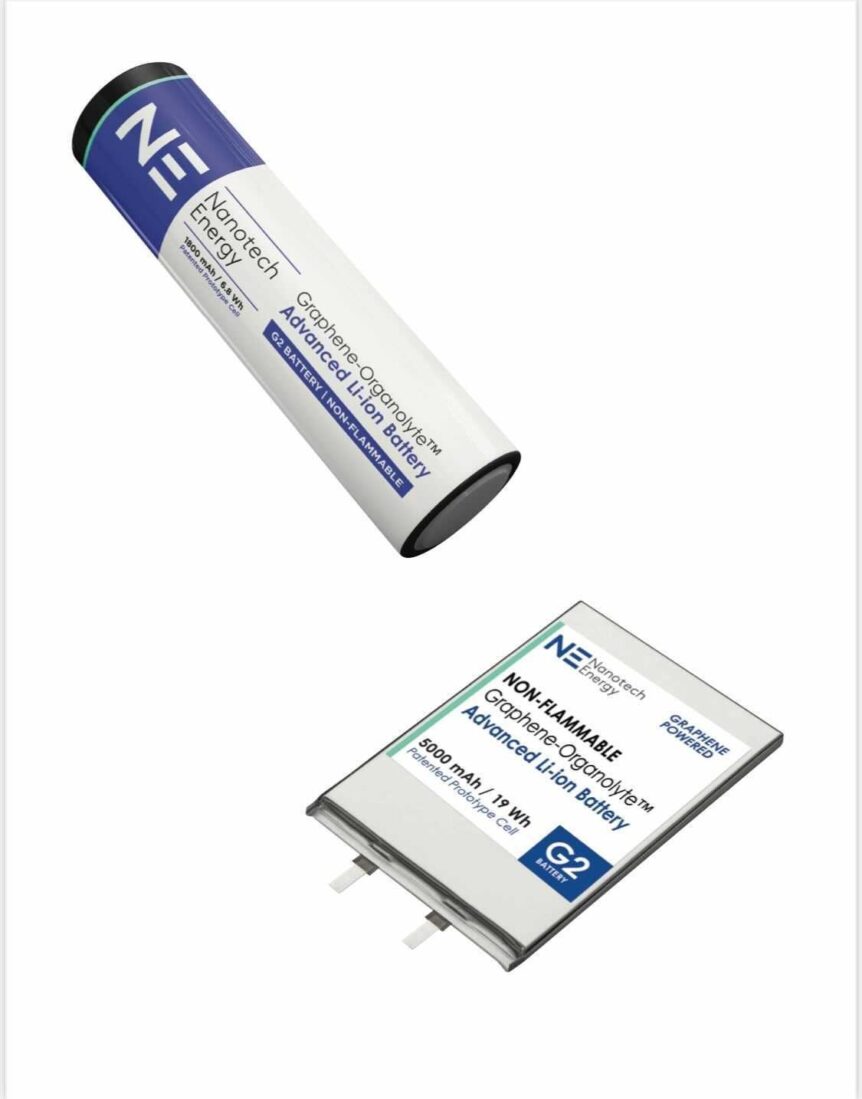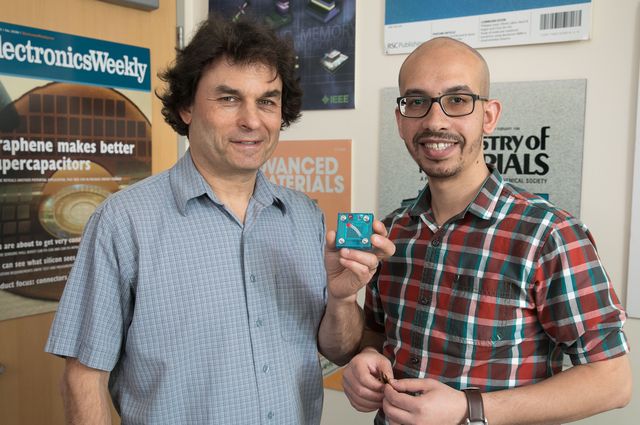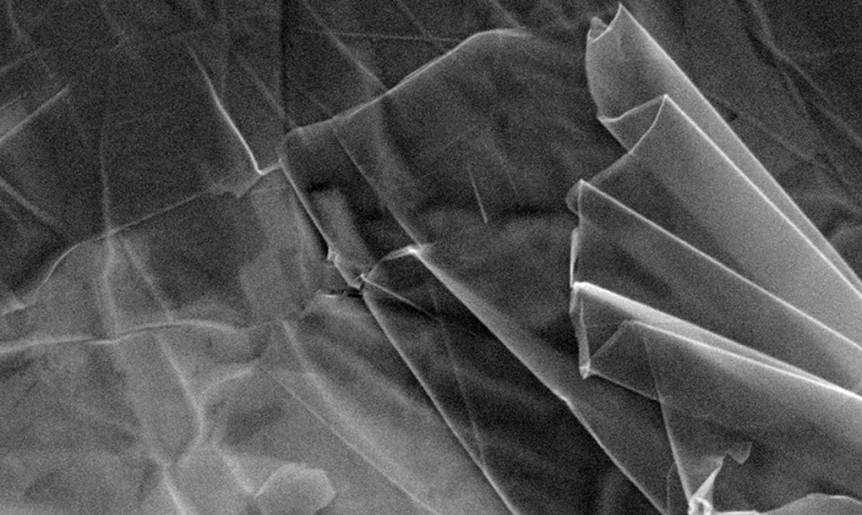Hot Pockets Introduced at this year’s CES (formerly the Consumer Electronics Show), Nanotech Energy’s Graphene-Organolyte™ Advanced Li-ion Battery (winner of a CES 2022 Innovation Award) merits a look. At least partly intended to stop battery fires, always hot news despite their relative rarity (compared to the 170,000+ petrol car fires every year), Nanotech explains its concern. “A battery, if shorted, could become a fireball bomb nearly impossible to extinguish using conventional techniques. In February 2018, the U.S. Consumer Product Safety Commission reported over 25,000 overheating and battery fire incidents involving more than 400 types of consumer products over a five-year period. Clearly, building safer batteries will be critical for the future of energy storage technology.” Keep in mind that “consumer products” include cell phones, laptop computers, and even e-cigarettes, as demonstrated here. These dangers show the need for a safe solution. Nanotech promotes its Organolyte non-flammable electrolyte as that solution, noting it will not support an open flame. Dr. Jack …
Three-in-One Device Stores Energy, Makes Hydrogen
UCLA researchers Richard Kaner and Maher El-Kady, “Have designed a device that can use solar energy to inexpensively and efficiently create and store energy, which could be used to power electronic devices, and to create hydrogen fuel for eco-friendly cars.” Kaner and El-Kady have devised many low-budget approaches to capturing and exploiting energy, such as their method of “burning” supercapacitors on a personal computer DVD. Their newest accomplishment, according to Kaner, “Could dramatically lower the cost of hydrogen cars.” It would be useful in urban or rural areas, or even on remote battlefields, giving users the ability to make both electricity and fuel from the same device. In cities, it could store surplus energy from electrical grids, and in more remote locations, allow energy generation and fuel creation “off the grid.” The pair’s replica of the device looks like a designer electronic gizmo encased in a turquoise plastic case. It uses inexpensive, abundant elements like nickel, iron and cobalt to …
Graphene Supercapacitor Shows Promise and Longevity
A forever battery would be nice, wouldn’t it? Something low cost that could be recharged in seconds, time after time, indefinitely, and be about as environmentally sensitive as Greenpeace and the Sierra Club combined – there’s the ideal battery. That might seem like a miracle, and it relies on that miracle material – graphene – for its many astounding properties to help make this flexible battery a reality. Dr. Han Lin of Swinburne University in New South Wales, Australia has 3D printed his prototype battery at a much lower cost than with previous production techniques. The immediate “take” on this material is that it could be used in things like watch straps, powering the attached timekeeper, or in (inter)active sports clothing. Of course, this blog looks for larger applications, such as something that could be used in electric aircraft. Graphene has the potential to be a structural material (about a hundred times stronger than steel, according to 3ders.org) and a …
Kaner and El-Kady Explore New Areas of Energy Storage
Now here’s a mission statement. “Engineering three-dimensional hybrid supercapacitors and microsupercapacitors for high-performance integrated energy storage.” Conventional wisdom says that super and ultracapacitors don’t have the energy storage of batteries, and even given their outstanding ability to deliver power at high levels pretty much instantly, will never be able to run an electric vehicle for extended periods. So many researchers, with the notable exception of Dr. Richard Kaner and graduate student Maher El-Kady at UCLA have turned their attention to batteries, and not capacitors. They recognize that electronic devices have improved immensely over the past decades, but “the slow pace of battery development has held back technological progress.” Looking to synthesize rather than differentiate, the two California NanoSystems Institute researchers have “successfully combined two nanomaterials to create a new energy storage medium that combines the best qualities of batteries and supercapacitors,” according to their UCLA Newsroom announcement. Their combined components can charge in seconds and be used for “more than …



